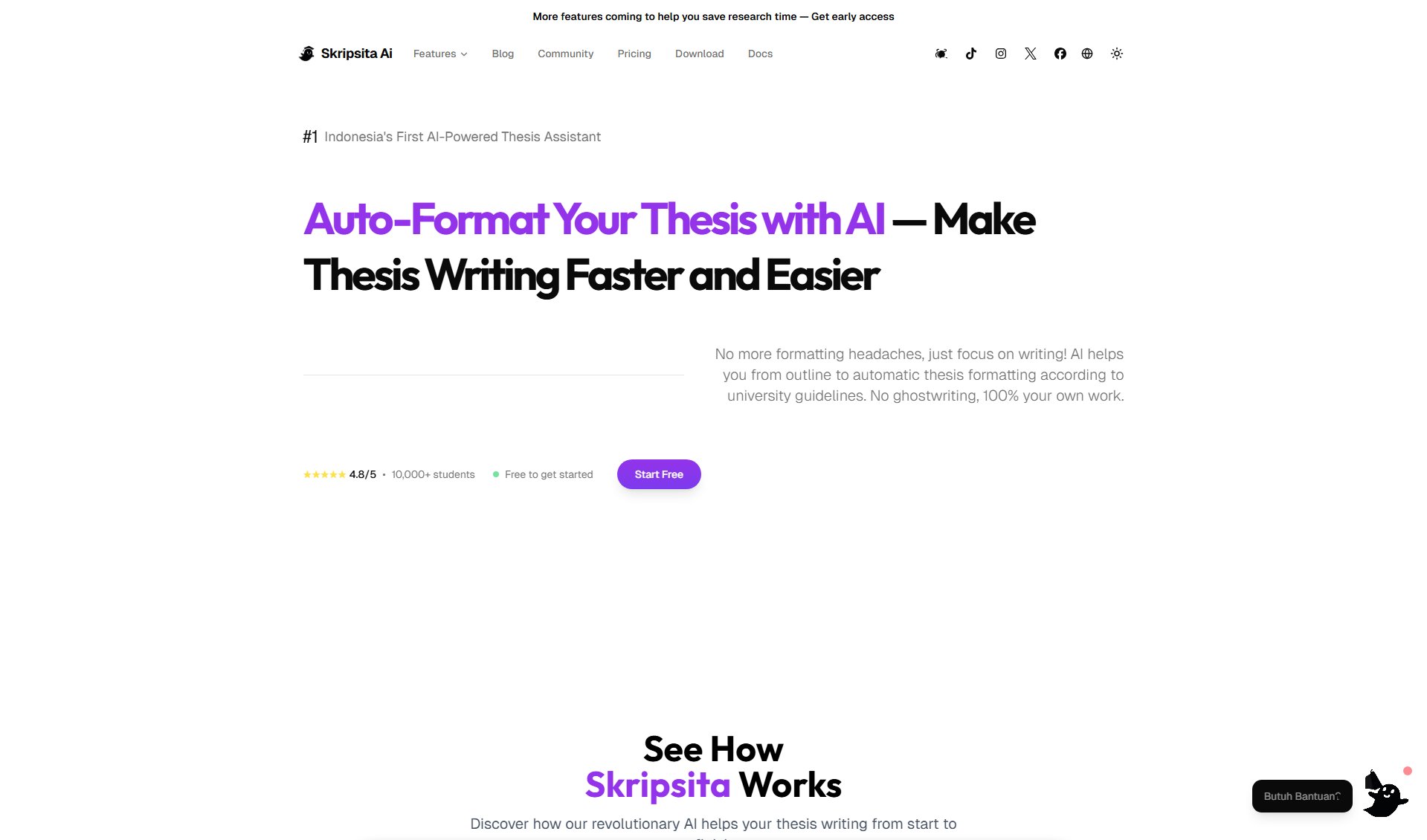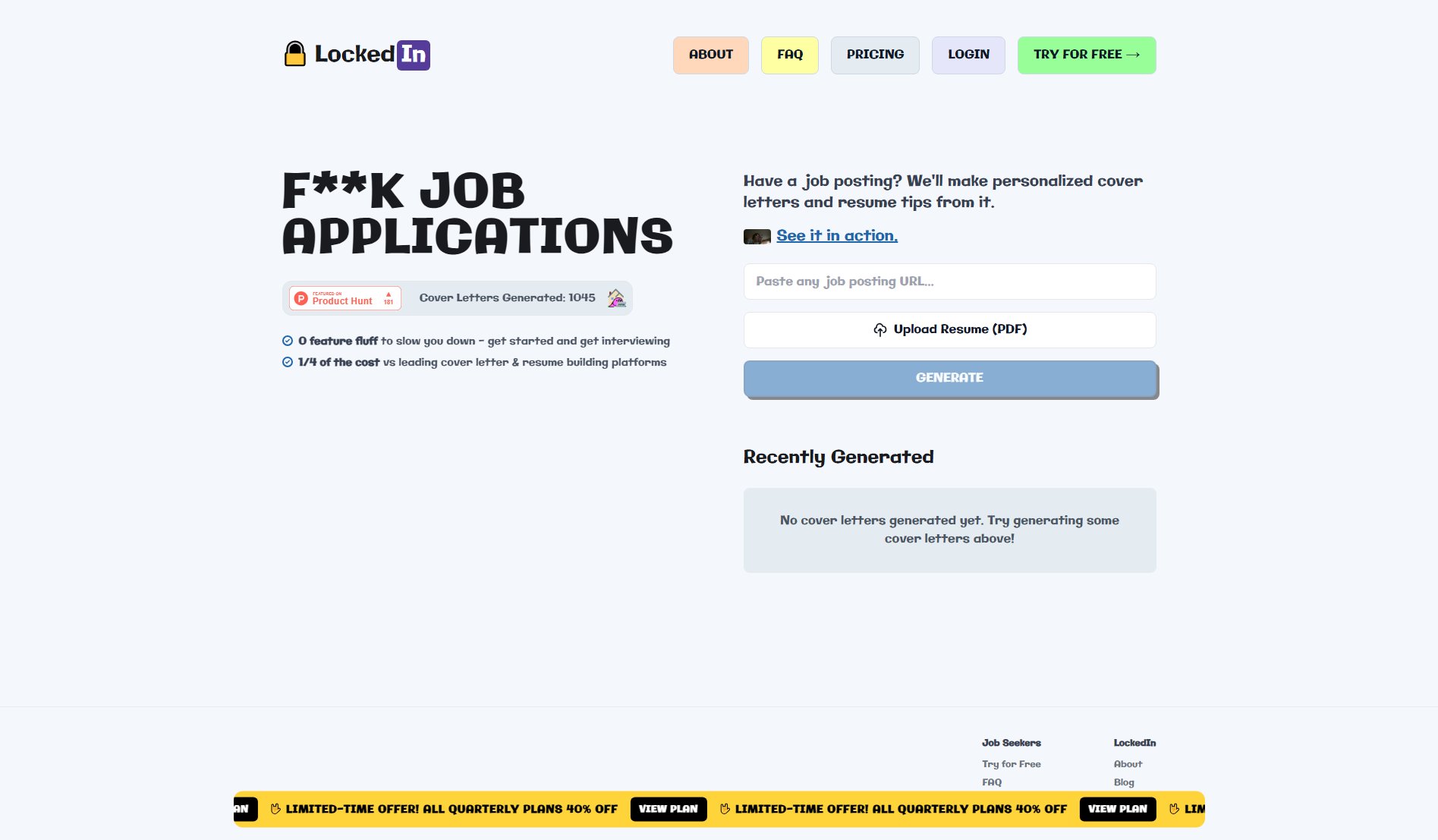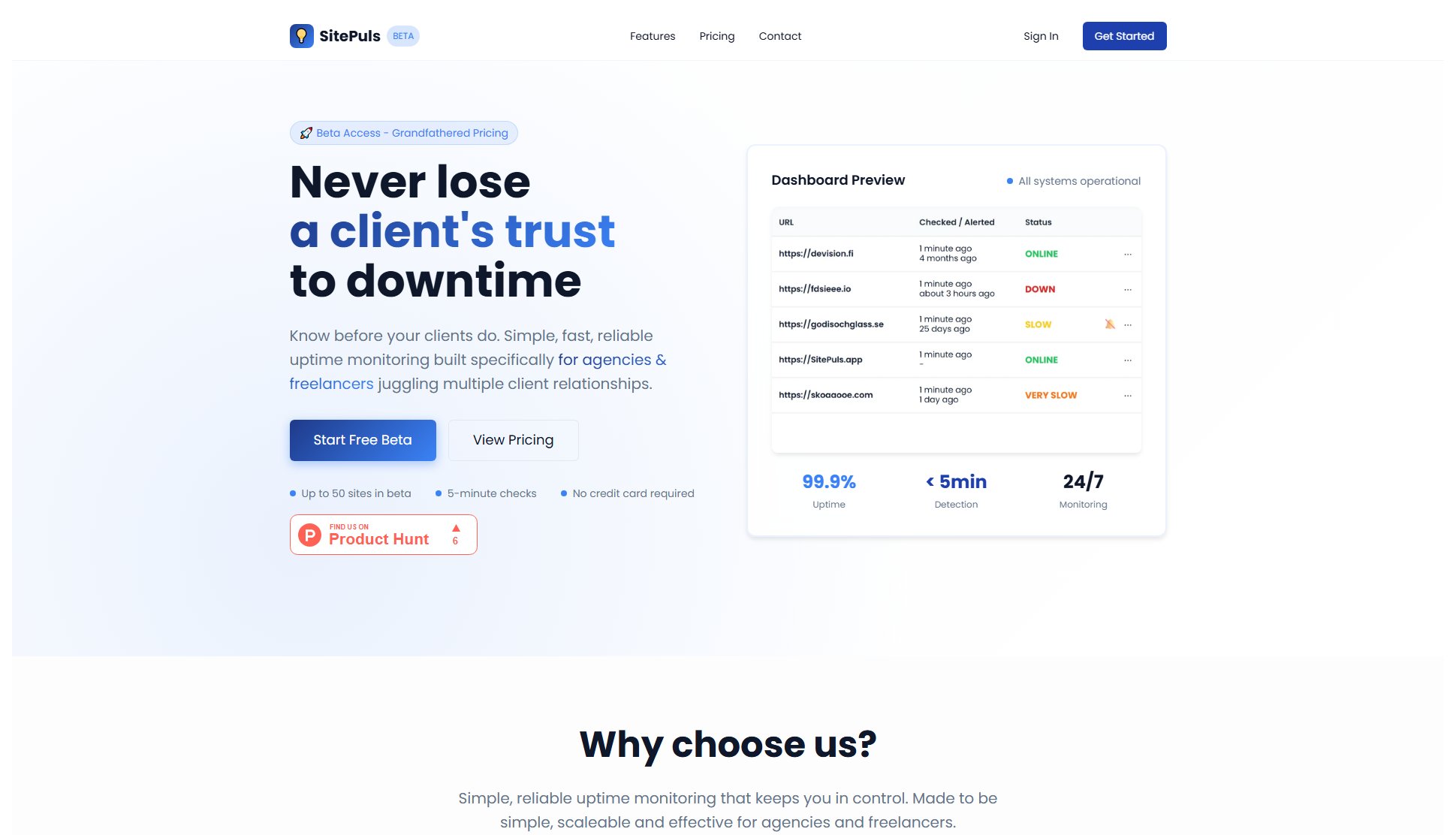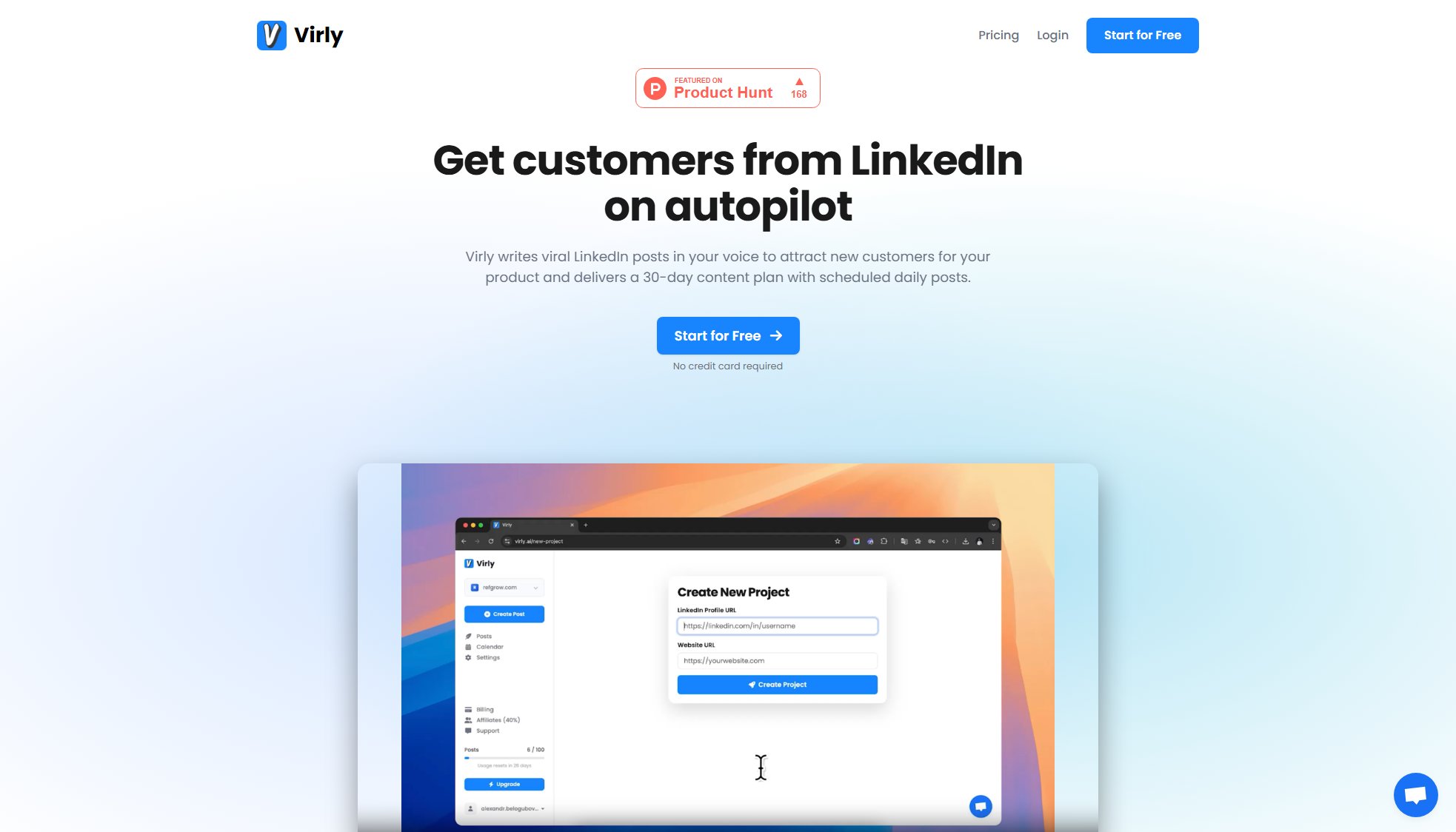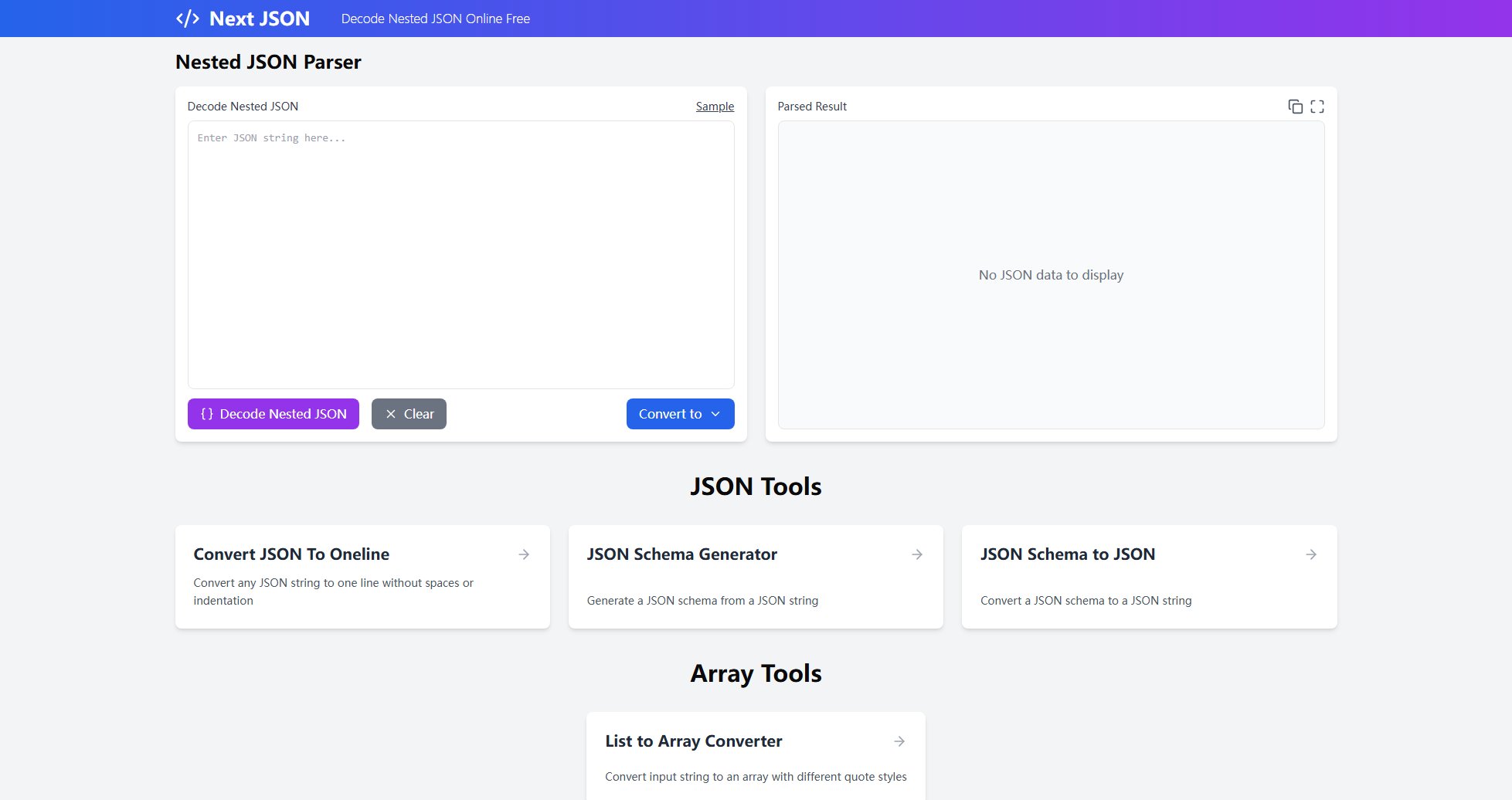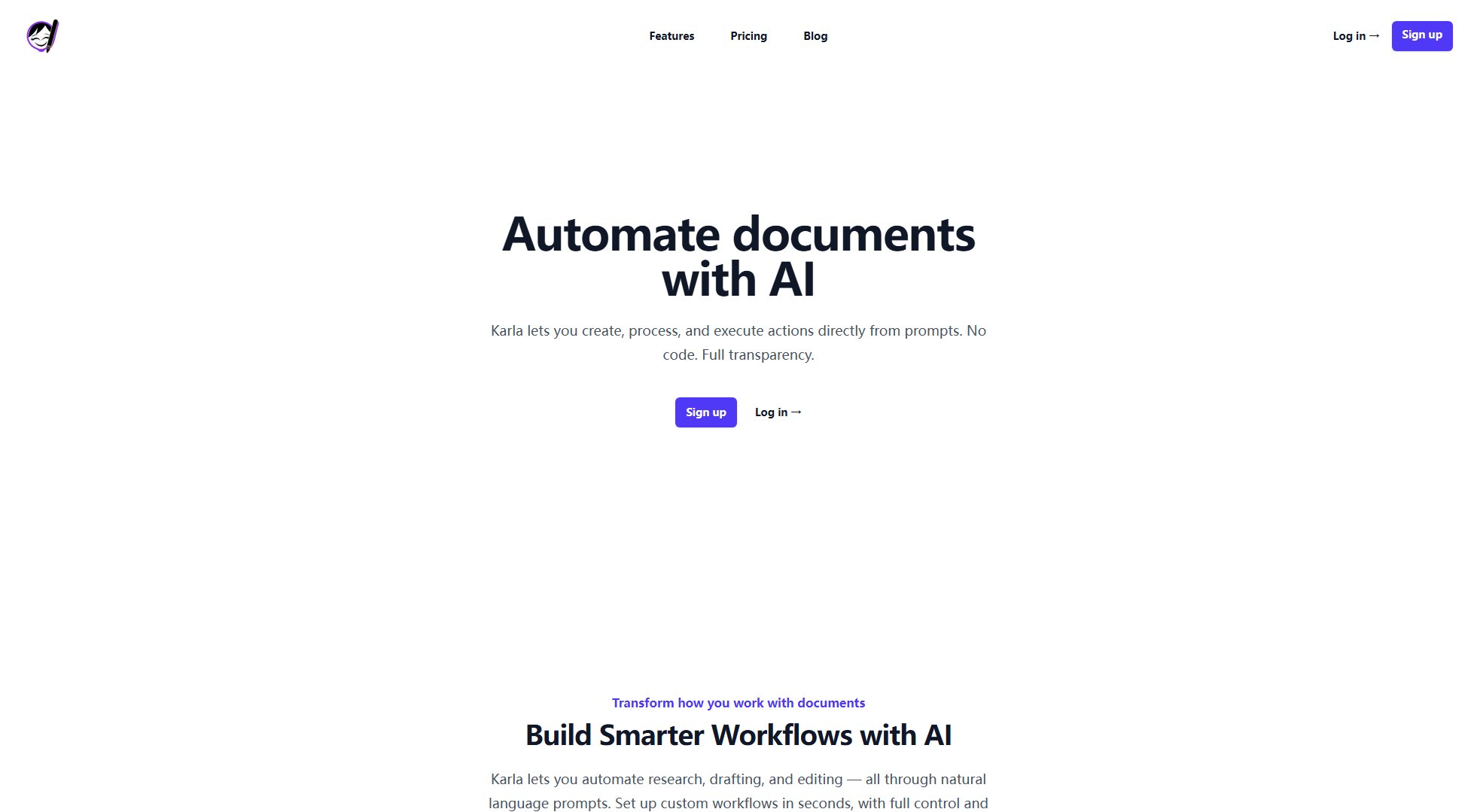SynqForge
Turn messy notes into sprint-ready user stories with AI
What is SynqForge? Complete Overview
SynqForge is an AI-powered Agile delivery co-pilot designed to transform unstructured meeting notes, feature briefs, and requirements into production-ready user stories complete with acceptance criteria and estimates. It eliminates hours of manual work by automatically structuring content according to INVEST and Gherkin standards, while maintaining consistency across all generated stories. The tool is specifically built for Agile professionals including Business Analysts, Product Managers, Delivery Leads, and Founders who need to quickly convert ideas into actionable backlog items without Jira expertise. Key differentiators include Smart Context learning from existing backlog (75% more relevant output), template-based customization, and instant export capabilities to Word, Excel or Jira formats.
SynqForge Interface & Screenshots

SynqForge Official screenshot of the tool interface
What Can SynqForge Do? Key Features
Smart Context Learning
Analyzes your existing backlog to produce context-aware stories that reference similar historical items, achieving 75% token reduction while improving output relevance. The system automatically identifies and applies patterns from your top 5 most similar stories for each generation.
Template Validation Engine
Allows uploading custom Word, PDF or SYNQ templates with automatic validation of formatting, placeholders and required fields. Maintains organizational standards by populating predefined structures during AI generation with built-in syntax checking.
Multi-Format Export
One-click exports to Word (DOCX), Excel (CSV) or direct Jira integration with role-based context, atomic acceptance criteria in Gherkin format, and estimated story points included in every output file.
Security Safeguards
Includes sandboxed document processing with virus scanning, file-type validation (DOCX/PDF/JSON/SYNQ), and size limits. Pro plans add audit logging and access controls for enterprise teams.
INVEST-Compliant Automation
Generates stories that automatically meet INVEST criteria (Independent, Negotiable, Valuable, Estimable, Small, Testable) with properly formatted Given/When/Then acceptance criteria without manual editing.
Best SynqForge Use Cases & Applications
Sprint Planning Acceleration
Product managers can convert stakeholder meeting notes into 20+ sprint-ready stories with proper acceptance criteria in under 5 minutes, eliminating days of manual documentation before planning sessions.
Backlog Refinement
Delivery leads use SynqForge to analyze vague epic descriptions and break them into properly sized user stories with testable criteria, reducing refinement meeting time by 60% while improving story quality.
New Team Onboarding
Organizations standardize story writing across distributed teams by having new members generate stories through validated templates, ensuring consistent format and quality regardless of writer experience.
How to Use SynqForge: Step-by-Step Guide
Paste raw notes or upload documents containing meeting minutes, feature briefs or requirements in plain text, Word or PDF format. No pre-formatting required.
Select a template (optional) if you want stories generated in your organization's specific format. SynqForge validates template structure before processing.
Initiate AI processing which typically completes in under 2 minutes. The system analyzes content, references similar backlog items if Smart Context is enabled, and structures output.
Review automatically generated user stories with INVEST-compliant narratives, Gherkin-formatted acceptance criteria, and story point estimates.
Make any necessary adjustments using the collaborative editing interface before exporting to your preferred format (Word, CSV or Jira).
SynqForge Pros and Cons: Honest Review
Pros
Considerations
Is SynqForge Worth It? FAQ & Reviews
Supports plain text, Word (DOCX), PDF, and proprietary SYNQ template files. All uploads undergo virus scanning and syntax validation before processing.
Analyzes your historical backlog to identify patterns in successful stories, then applies similar narrative structures, acceptance criteria formats and terminology to new generations while reducing token usage by 75%.
Yes through template uploads. You can define exact Gherkin syntax requirements, placeholder fields and validation rules that SynqForge will enforce during generation.
Free tier accepts up to 5MB files; Pro and Enterprise handle 25MB documents. All plans process approximately 5,000 words per generation optimally.
Estimates are based on comparative analysis with similar historical stories in your backlog. Accuracy improves as your team adjusts and confirms estimates during actual sprint planning.
